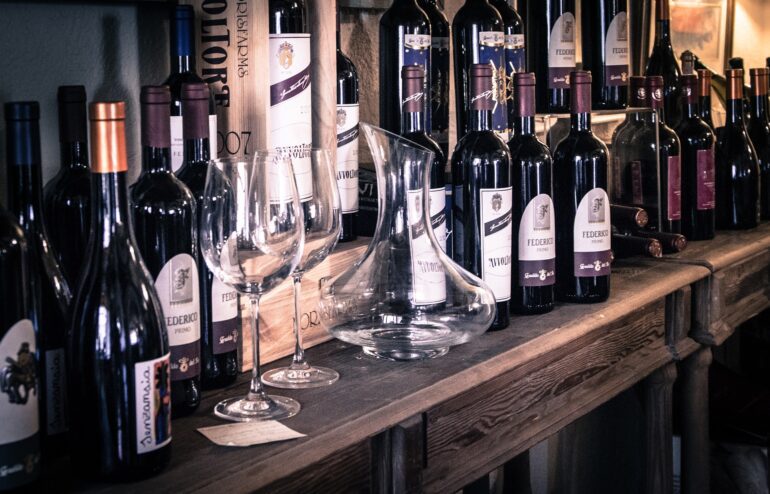TL;DR:
- AI is entering the world of wine tasting, offering a new dimension to the wine-buying experience.
- Researchers from leading institutions have developed an algorithm that incorporates individual flavor and taste impressions.
- A study involved 256 participants in wine tastings, leading to the creation of a data-rich algorithm.
- The algorithm considers perceived taste similarities, wine labels, and user reviews to make precise predictions.
- This AI methodology has applications beyond wine and can be extended to beer and coffee.
Main AI News:
In the ever-evolving landscape of Artificial Intelligence (AI), wine enthusiasts are on the brink of a groundbreaking partnership. While the world has seen the rise of smartphone apps aimed at enhancing the wine-buying experience, one crucial element was missing: an AI capable of tasting wine on your behalf. For decades, wine tasting has remained a prestigious profession, particularly in Europe. However, a recent development in AI promises to transform the way individuals make decisions about purchasing wine.
A team of experts hailing from the Technical University of Denmark, the University of Copenhagen, and the California Institute of Technology (CalTech) has achieved a significant breakthrough in the field of AI. Their innovation introduces a game-changing parameter: personal flavor and taste impressions.
Thoranna Bender, a graduate student at DTU, explained, “By feeding an algorithm with data comprising people’s flavor impressions, the algorithm can now make remarkably accurate predictions regarding the specific wines that cater to individual preferences.”
The Study Unveiled
This transformative research involved conducting wine tastings with a cohort of 256 participants. Each participant was presented with shot-sized samples of various wines, categorized based on their perceived taste similarities, on A3 paper sheets. The recorded data was digitized through the process of photographing the paper sheets.
This dataset was then amalgamated with an extensive repository of wine labels and user reviews, forming the foundation for the innovative algorithm.
Thoranna Bender further elucidated the implications, stating, “The flavor dimension we incorporated into the model offers insights into which wines share similar taste profiles and which diverge. This means that, for instance, you can stand before your favorite bottle of wine and inquire about the wine that most closely aligns with its taste – or even both taste and price.”
Beyond Wine: Expanding the Horizons
Thoranna Bender highlighted the versatility of their approach, emphasizing that while the study centered on wine, the same methodology could be applied to other beverages, such as beer and coffee.
A Technological Triumph
One of the study’s co-authors emphasized the innovative aspect of their technique, which harnesses human sensory experiences within an algorithm designed for wine tastings.
Professor Serge Belongie, head of the Pioneer Centre for AI at the University of Copenhagen’s Department of Computer Science, emphasized, “We observe that when the algorithm incorporates data from wine labels and reviews alongside data from wine tastings, it produces more precise predictions regarding individuals’ wine preferences compared to relying solely on traditional data formats like images and text. Teaching machines to comprehend human sensory experiences leads to superior algorithms that ultimately benefit users.”
Conclusion:
The integration of AI into the wine-tasting process represents a significant advancement in beverage selection. This innovation has the potential to revolutionize the market by providing consumers with highly personalized wine recommendations based on their unique taste preferences, leading to improved customer satisfaction and potentially increased sales for the wine industry.

